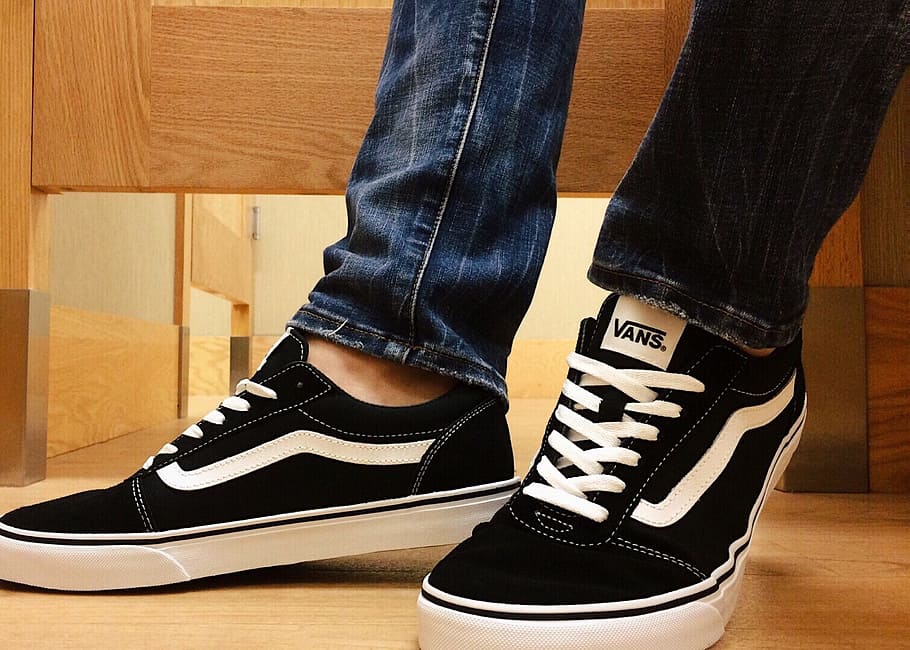Vans are really very famous skate shoes, created back in the 1960s. They have been described as very hard-wearing, comfortable, and fashionable. However, having so many styles complicates matters a little—the hardest thing is actually knowing where to start. It will conduct a close analysis of the major factors that influence how to lace vans, including the tradeoffs involved and challenges associated with various approaches, in addition to impacts on the shoe’s performance.

The Importance of Proper Lacing
Before checking on different ways to lace a Vans, it is good to understand why lacing is important. Your lacing method may impact how well your shoes fit, feel, and perform. The laces could be too tight for you, in turn leading to discomfort and also restrict blood flow. On the other hand, if they are too slack, your foot will definitely slide around inside the shoe and cause blisters among other injuries. Proper lacing may also help in enhancing the support and stability of the shoe, and generally in comforting the fit.
Factors to Consider ON HOW TO LACE VANS
When deciding on a lacing style for your Vans, there are a few factors to consider:
- Foot shape and size: The lacing style has to cater to your foot shape and size. For instance, if you have a high arch, you may need to make some alteration in the lacing technique so that it doesn’t press from the top of your foot.
- Activity: This would depend on what one is doing. For instance, when skateboarding, one might want a tighter fit since it enhances control over the board. On the other hand, if one is walking around town, then one would want it to be looser for comfort.
- Lace length: How long your laces are will determine the kind of lacing techniques applied. If your laces are too short, then some techniques might not work.
- Personal preference: At the end of the day, the way to lace your shoes has to be based on personal preference. You may like a certain look or feel, and that is all right.

Common Lacing Techniques FOR HOW TO LACE VANS
There are several common lacing techniques you can use for your vans:
Standard Lacing
This will be the traditional lacing, perhaps the most common. Start at the toe end and lace up through each eyelet, keeping the tension as even as possible before tying it off with a bow or knot at the top.
Checkerboard Lacing
This checkerboard lacing method is very popular on vans due to the look it gives. Start from the bottom, lace up the first two eyelets on both sides, then, with each lace, cross over to the next pair of eyelets on the other side and feed through. Do this all the way up the shoe and tie off in a bow or knot as one pleases.
High-Top Lacing
This high-top lacing technique is specifically for vans that are high-top in design. Starting at the bottom, lace up to just a few eyelets to ensure equal tension. At this point, rather than lacing all the way straight up to the top, bring each lace around the ankle and feed them through the opposite side eyelets. Do that continuously up until you reach the top, then tie it into a bow or knot. This technique provides extra support around the ankle and is therefore very appropriate for those activities where more stability and support may be required.
Tradeoffs
Each of the lacing methods has its trade-offs and challenges. As an example, while the checkerboard lacing technique makes for a unique look, it could be less comfortable compared to other techniques since the lace may possibly pull unevenly on the foot. Conversely, the high-top lacing method can offer added support, but it’s tough to get the right tension without the problem of becoming too tight and might not be suitable for people with wider feet.
It’s all about experimenting with the lacing techniques and finding out what really works for you. Don’t be afraid to try something new and see how it impacts your shoes’ fitting, comfort, and performance.
The Impact on Performance
The way one laces his or her Vans can influence performance in a number of ways. Good lacing will facilitate support, stability, and comfort generally in the shoe, therefore translating into great performance. This is very apparent in skateboarding: the tighter, the better board control, and it prevents injuries. On the other hand, when running or walking, a looser fit could provide more comfort and reduce the chance of blisters.
Lacing your vans may seem like a minor thing, but it really does affect the fitting, comfort level, and performance of the shoe. When you want to know how to lace your shoes, consider things such as the shape and size of your foot, activity, lace length, and personal preference. Try different lacing techniques until you find the one that works best for you. Proper lacing allows the shoe to provide better support, stability, and overall hold on one’s foot, which allows one to do better.
References:






